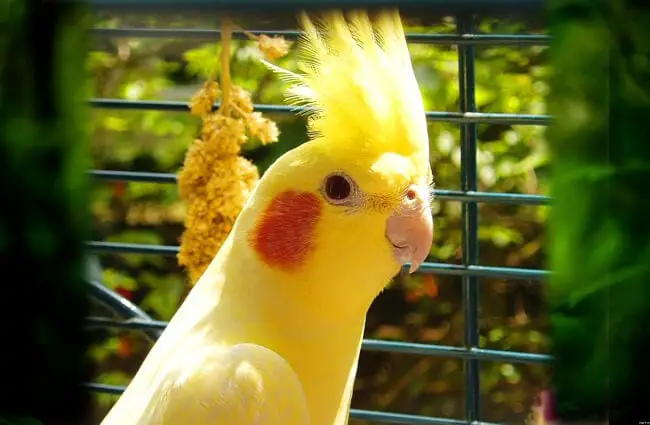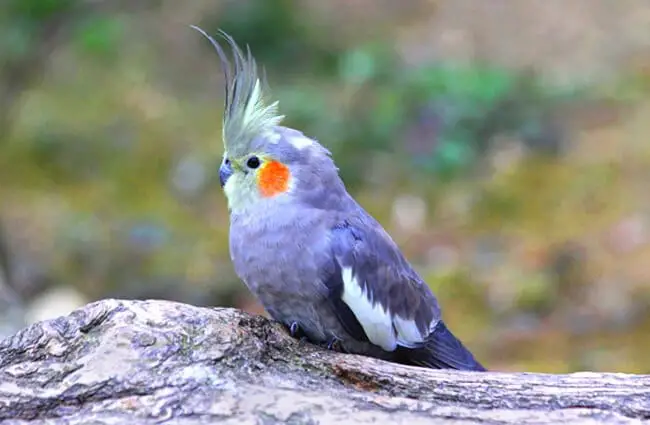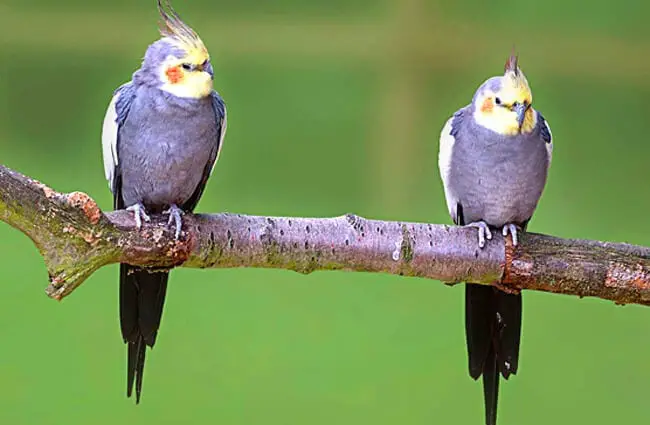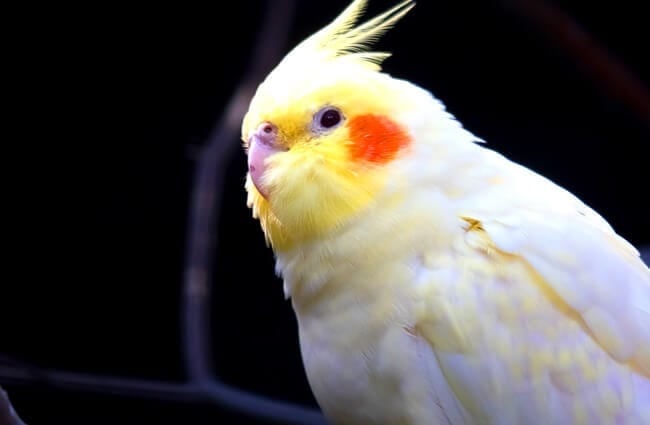A Comprehensive Guide to the Charming Cockatiel
The cockatiel, Nymphicus hollandicus, is a beloved bird renowned for its striking crest and engaging personality. More than just a popular pet, this Australian native possesses a fascinating history, complex behaviors, and an important role within its native ecosystem. This guide delves into the world of the cockatiel, exploring everything from its evolutionary origins to its place in human culture.

Origins and Evolution
Cockatiels belong to the parrot family but represent a unique branch, being the only member of the Nymphicus genus. Their evolutionary history suggests a divergence from other parrot lineages relatively early. Fossil evidence, while limited, indicates that cockatiel‑like birds existed in Australia for a considerable period. The exact lineage and relationships to other parrots are still areas of ongoing research, but genetic studies confirm their distinct position within the parrot family tree. They are thought to have adapted to the drier inland areas of Australia, unlike many tropical parrot species.
Habitat and Distribution
Native to Australia, the cockatiel inhabits a broad range of environments, primarily grasslands, scrublands, and open woodlands. These birds thrive in areas with access to water and scattered trees for nesting and shelter. Historically, they roamed across much of the Australian continent, but their range has contracted in some regions due to habitat loss and competition with introduced species. While primarily found in the interior, they are occasionally sighted along the coasts. Finding a wild cockatiel requires venturing into these inland areas and listening for their distinctive calls. They often gather in flocks, sometimes numbering in the hundreds, particularly when foraging for seeds.

Physical Characteristics
Cockatiels are relatively small parrots, typically measuring between 30 and 33 centimeters in length. Their most recognizable feature is their prominent crest, which they can raise or lower to express mood and communicate. Coloration varies, but the wild type exhibits a predominantly grey plumage with white patches on the wings and cheeks. Males generally display more vibrant colors and a brighter yellow crest than females. They possess strong beaks designed for cracking seeds, and zygodactyl feet, with two toes pointing forward and two backward, which aid in climbing and gripping.
Diet and Foraging Behavior
In the wild, cockatiels are primarily seed eaters, foraging on the ground for grasses, herbs, and the seeds of various plants. They supplement their diet with fruits, berries, and occasionally insects. Their strong beaks allow them to effectively crack open even tough seed shells. They are adept at finding food in arid environments, often traveling considerable distances to locate resources. In captivity, a balanced diet consists of formulated parrot seed mixes, supplemented with fresh fruits, vegetables, and occasional protein sources.

Reproduction and Life Cycle
Cockatiels are monogamous birds, forming long term pair bonds. Breeding season typically occurs after periods of rainfall when food is abundant. The pair will nest in tree hollows, often utilizing existing cavities or excavating their own. The female lays between 3 and 6 eggs, which she incubates for approximately 20 to 23 days. Both parents participate in feeding and caring for the chicks, which fledge at around 30 to 35 days of age. Young cockatiels remain dependent on their parents for several weeks after fledging, learning essential foraging and survival skills.
Social Behavior and Communication
Cockatiels are highly social birds, often congregating in flocks. They communicate through a variety of vocalizations, including whistles, chirps, and screeches, as well as through body language such as crest position and wing movements. They are known for their ability to mimic sounds, including human speech, making them popular companions. In the wild, these vocalizations are used to maintain contact within the flock, attract mates, and warn of danger.

Ecological Role and Interactions
Cockatiels play a role in their native ecosystem by dispersing seeds through their foraging activities. They also serve as a food source for predators such as raptors and snakes. Competition with other seed‑eating birds and introduced species can impact their populations. Alterations to their habitat through land clearing and agricultural practices pose significant threats to their survival in the wild. Understanding these interactions is crucial for effective conservation efforts.
Cockatiels and Human Culture
For centuries, Aboriginal Australians have held the cockatiel in high regard, featuring it in their art, stories, and ceremonies. European settlers initially considered them pests due to competition for crops, but their beauty and gentle nature soon led to their popularity as pet birds. Today, cockatiels are among the most beloved companion parrots worldwide, cherished for their intelligence, playful personalities, and ability to bond with humans.

Caring for Cockatiels in Captivity (Zookeeper/Pet Owner Guide)
Providing appropriate care for captive cockatiels is essential for their overall health. This includes a spacious cage with plenty of perches, toys, and opportunities for exercise. A balanced diet, regular veterinary checkups, and social interaction are also crucial. Avoid overcrowding, exposure to toxins, and loud noises, which can cause stress. Enrichment activities such as puzzle toys and foraging opportunities help stimulate their minds and prevent boredom. Consistent routines and a loving environment foster a strong bond between the bird and its caretaker.
Interesting Facts
- Cockatiels can live for 15 to 20 years in captivity, and sometimes longer.
- They are capable of learning a wide range of tricks and vocalizations.
- Male cockatiels often display courtship behaviors such as whistling and dancing to attract females.
- They are sensitive to air quality and can be affected by smoke, fumes, and strong odors.
- Cockatiels have a specialized organ called the syrinx, which allows them to produce a variety of sounds.

Encountering a Wild Cockatiel
If you encounter a wild cockatiel, observe it from a distance and avoid disturbing it. Do not attempt to feed or handle the bird, as this can disrupt its natural behaviors. If the bird appears injured or distressed, contact a local wildlife rescue organization for assistance. Remember that wild birds are best left to their own devices, allowing them to thrive in their natural habitat.
The cockatiel remains a captivating species, bridging the gap between wild avian life and human companionship. Through continued research and responsible care, we can ensure that these charming birds continue to flourish for generations to come.

![Red Angus Closeup of a beautiful Red Angus cowPhoto by: U.S. Department of Agriculture [pubic domain]https://creativecommons.org/licenses/by/2.0/](https://animals.net/wp-content/uploads/2020/03/Red-Angus-4-238x178.jpg)




![Red Angus Closeup of a beautiful Red Angus cowPhoto by: U.S. Department of Agriculture [pubic domain]https://creativecommons.org/licenses/by/2.0/](https://animals.net/wp-content/uploads/2020/03/Red-Angus-4-100x75.jpg)

